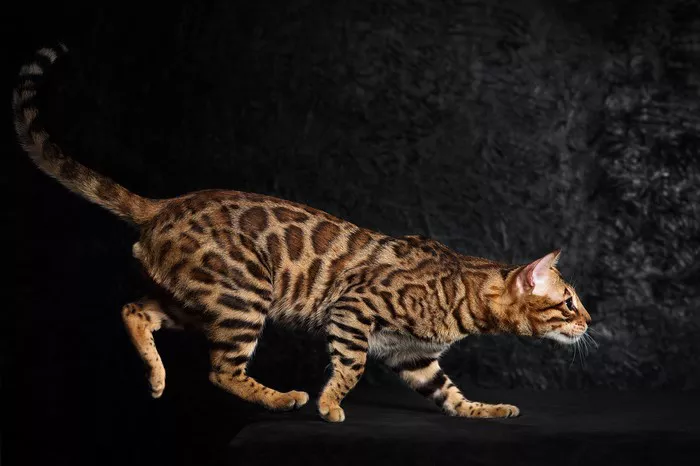Felines’ infatuation with tuna fish is a well-known phenomenon, often leaving cat owners pondering over the reasons behind this peculiar preference. The answer lies in a complex, ancient, and biochemically intricate concept known as “umami,” a Japanese term that lacks a direct English translation but is frequently described as “meaty,” “savory,” and “broth-like.” Umami, which was originally identified as a distinct taste by Japanese professor Kikunae Ikeda in 1908, is now recognized as one of the five basic tastes, alongside sweet, sour, salty, and bitter.
The roots of umami extend far into history, tracing back to ancient Egypt, China, and Japan. Umami’s presence can be found in a variety of flavor-enhancing agents such as soy sauce, fish sauces, and monosodium glutamate (MSG). Cats’ predilection for umami can be traced back to their evolutionary history, and it is intrinsically linked to the taste of cooked meats. This connection sheds light on why humans might have developed a preference for cooking food over an open flame. Additionally, a plethora of foods boasts a pronounced umami flavor, including fish, shellfish, sardines, anchovies, mushrooms, cheese, tomatoes, and various fermented products. The ubiquity of umami in our culinary experiences is undeniable, with its distinct taste receptors residing on the tongue.
While salt, particularly sodium chloride, has been used throughout antiquity for preserving meats and enhancing food flavor, umami is an integral part of the taste of cooked meats. This connection between umami and savory flavors may explain the appeal of campfire-cooked dishes. Furthermore, umami can be discerned in numerous salty foods, despite having its own unique taste receptors on the tongue.
Tuna, being a peculiar favorite of carnivorous cats, has prompted scientific inquiry into the underlying reasons. The biochemical explanation is multifaceted. Cats possess taste buds equipped with receptors for umami, although their palate is unique. Cats, unlike humans, lack the ability to taste sweetness, which aligns with their carnivorous nature since meat does not have a sweet taste.
In both cats and humans, two genes, Tas1r1 and Tas1r3, collaborate to encode proteins that combine with taste buds to detect umami. A biopsy of a cat’s tongue confirmed the presence of both enzymes within the cat’s taste buds. However, the molecular details of this mechanism vary between humans and cats.
To further investigate this phenomenon, a taste test involving 25 ordinary cats was conducted. In a series of trials, these cats were presented with two bowls of water: one containing various combinations of amino acids and nucleotides associated with umami-rich foods and the other filled with plain water. The cats consistently exhibited a strong preference for the bowls containing umami ingredients, thereby confirming their affinity for tuna, a quintessential umami-rich food. This preference distinguishes cats from dogs, which can taste both sweetness and umami, offering an explanation for their less selective eating habits.
The precise timing and circumstances surrounding cats’ development of a taste for tuna and umami remain unclear. While Egyptian hieroglyphics depict cats consuming fish, notably from the Nile River rather than tuna, it is conceivable that cats had already acquired a taste for umami at that point. The mystery of this preference endures, leaving us with the intriguing question of when and how it emerged.
Reflecting on personal preferences, the author notes their dog’s love for tuna alongside a penchant for roasted chicken, leading to a contemplation of one’s own acquired tastes.
C. Herndon Williams, who is associated with the Bayside Historical Society and the Refugio County Historical Commission, is the author of “Texas Gulf Coast Stories,” “Eight Centuries on the Texas Frontier,” and “Luju and the Curious Wolf Cub.”

























